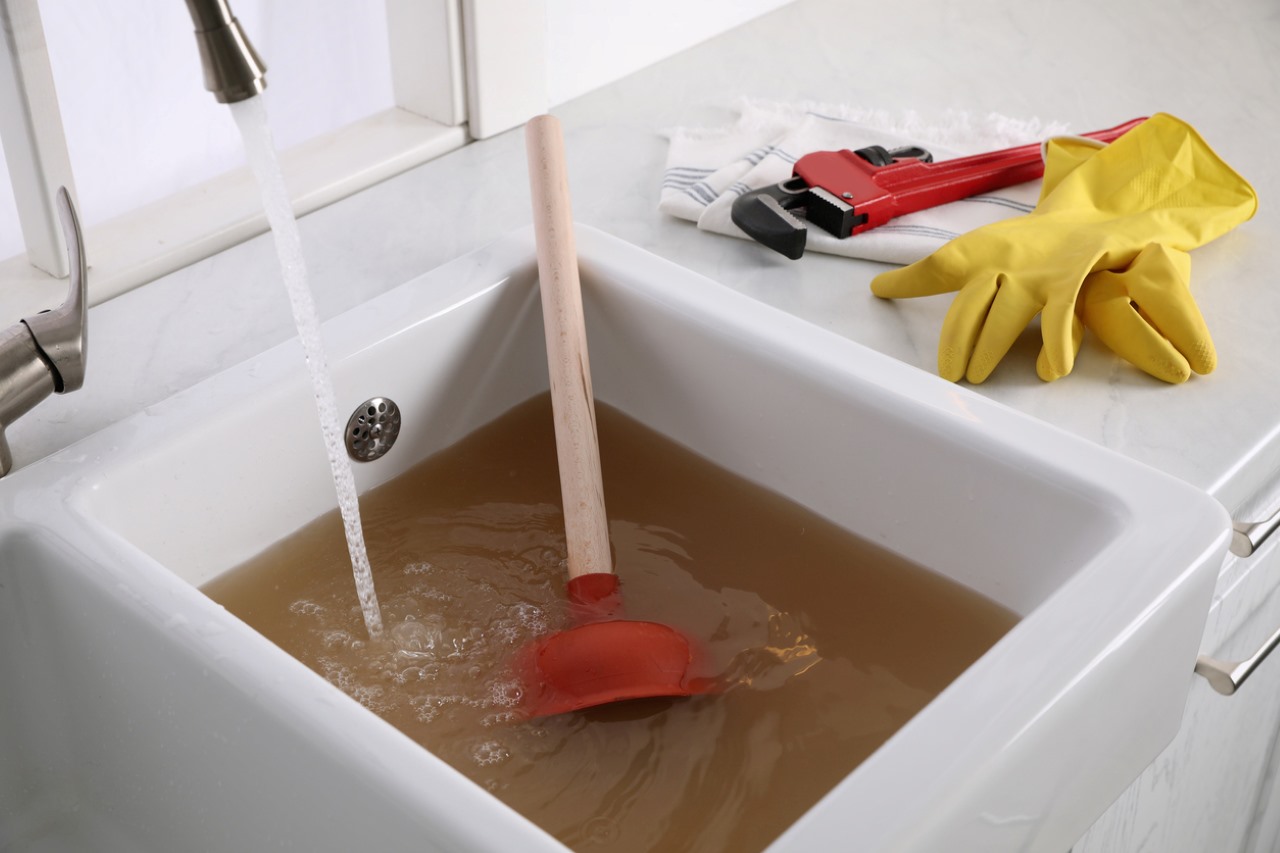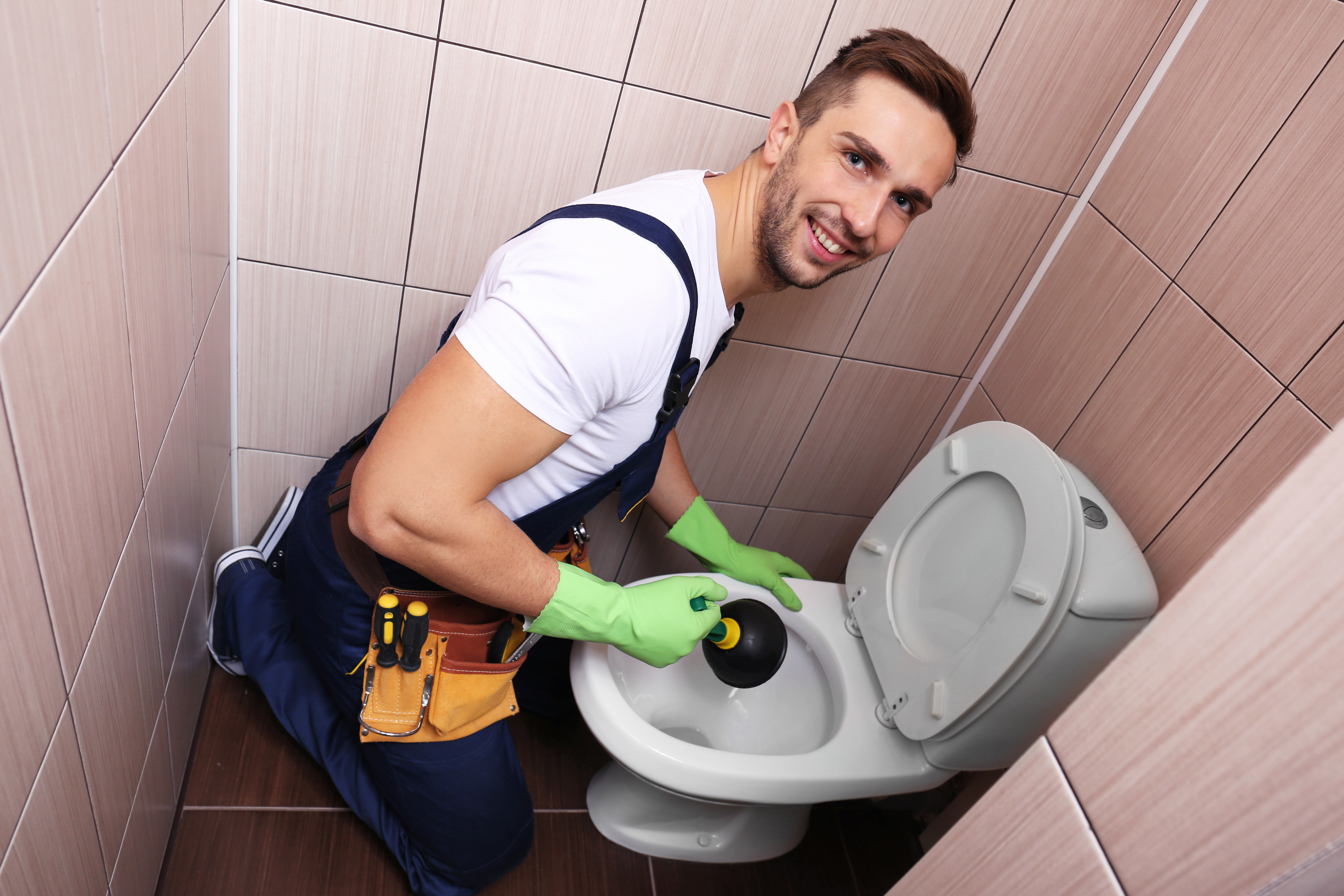Effective Plunger and Drain Cleaners: Key Strategies
Effective Plunger and Drain Cleaners: Key Strategies
Blog Article
Just how do you actually feel in relation to A Guide to Plungers (and How to Use Them)?

Intro
Appropriate maintenance of house drains is important for protecting against blockages and making certain smooth water circulation. One of the trick devices in every property owner's toolkit is the plunger, along with different drainpipe cleansers designed to take on stubborn obstructions successfully. This article discovers how to make use of plungers and drainpipe cleansers successfully to maintain your drains moving freely.
Section 1: Recognizing Plungers
Kinds of Plungers
There are numerous types of bettors readily available, each developed for various sorts of drains pipes and clogs. The most typical kinds consist of cup plungers, flange plungers, and accordion bettors.
Just How Plungers Job
Bettors work on the principle of producing pressure and suction to remove obstructions. When effectively used over a drainpipe, they develop a vacuum cleaner that can take out particles or separate clogs.
Picking the Right Bettor
Choosing the ideal plunger depends upon the type of drainpipe and the nature of the clog. Cup plungers are ideal for sinks and bathtubs, while flange plungers are much better fit for toilets as a result of their design.
Usual Mistakes with Bettors
Avoiding these errors ensures efficient plunging: improper seal around the drain, not enough force, and not clearing bordering particles.
Section 2: Utilizing Plungers Properly
Preparation
Before diving, guarantee the bettor covers the drain entirely and forms a limited seal. Clear any noticeable particles around the drain opening.
Strategy
Start with gentle diving motions to develop suction. Rise pressure slowly, making use of a stable rhythm. Repeat as needed till the drain removes.
Fixing Tips
If diving does not work, try changing the seal, applying oil jelly for a far better seal, or making use of a various type of plunger.
Section 3: Understanding Drain Cleansers
Kinds Of Drain Cleansers
Drain cleaners can be chemical or enzymatic. Chemical cleaners use strong chemicals to dissolve clogs, while chemical cleansers utilize all-natural enzymes to break down organic matter.
How Drain Cleaning Company Job
Chemical cleansers react with clogs to liquify them, while enzymatic cleaners break down natural products like hair and oil without damaging pipelines.
Security Considerations
Constantly use gloves and eye defense when utilizing chemical drain cleansers. Make sure sufficient air flow and comply with manufacturer guidelines thoroughly.
Eco-Friendly Alternatives
Consider making use of vinegar and baking soft drink or enzyme-based cleaners for green options that are more secure for pipes and the atmosphere.
Area 4: Using Drain Cleaning Company Effectively
Application Methods
Pour chemical cleansers straight into the drain opening. Enable them to benefit the advised time before flushing with hot water. Chemical cleansers need to rest overnight.
Precautions
Prevent mixing different kinds of cleansers, as this can create hazardous fumes. Never ever make use of chemical cleansers combined with a bettor, as spilling can take place.
Taking Care Of Persistent Blockages
For consistent blockages, think about using a plumbing serpent or calling an expert plumbing technician to avoid damage to pipelines.
Final thought
To conclude, understanding just how to utilize plungers and drainpipe cleansers effectively is important for keeping healthy and balanced plumbing systems. By picking the right tools and strategies, property owners can tackle small blockages and avoid significant pipes concerns down the line.
How to Use a Plunger to Unclog a Drain
The humble plunger is a simple yet effective tool for breaking clogs in sinks, tubs and toilets. This handy tool is easy to use. You can make the most of its power if you understand how it works. Ready to dive in? Here’s what you need to know.
Safety First!
Never use a plunger with drain chemicals. Water will splash as you work, and the chemicals can spatter, burning skin and eyes. It’s a good idea to use rubber gloves and wear safety goggles when you work on a clog.
Choose the Right Tool for the Job
Plungers come in two different styles. Sinks, bathtubs and showers require a cup plunger. Like its name suggests, the rubber end is shaped like a cup. Use a flange plunger on toilets. These plungers have a rubber funnel extending from the cup. A plunger needs to be big enough to cover the drain.
Ready, Set, Plunge!
Coat the rim: Coat the plunger rim with petroleum jelly. This helps make a better seal.
Block outlets: Hold a wet rag over nearby outlets such as the overflow vent or the drain in a second sink.
Release air: Insert the plunger at an angle into the water. Water will displace air in the cup. A water-filled cup is more forceful than one filled with air.
Keep the plunger upright: Hold the plunger perpendicular to the drain. Use fast, forceful strokes, but make the first stroke gentle. The first stroke can create a splash if the cup still contains air. Thrust the plunger 15 to 20 times.
Snap off the plunger: The final stroke should be a strong upward motion that ends when the plunger snaps off the drain.
Repeat the process: you may need to repeat this sequence several times. When the water drains away, your work is done. High-five! https://plumbernw.com/blog/how-to-use-a-plunger-to-unclog-a-drain/

Application Methods
Pour chemical cleansers straight into the drain opening. Enable them to benefit the advised time before flushing with hot water. Chemical cleansers need to rest overnight.
Precautions
Prevent mixing different kinds of cleansers, as this can create hazardous fumes. Never ever make use of chemical cleansers combined with a bettor, as spilling can take place.
Taking Care Of Persistent Blockages
For consistent blockages, think about using a plumbing serpent or calling an expert plumbing technician to avoid damage to pipelines.
Final thought
To conclude, understanding just how to utilize plungers and drainpipe cleansers effectively is important for keeping healthy and balanced plumbing systems. By picking the right tools and strategies, property owners can tackle small blockages and avoid significant pipes concerns down the line.
How to Use a Plunger to Unclog a Drain
The humble plunger is a simple yet effective tool for breaking clogs in sinks, tubs and toilets. This handy tool is easy to use. You can make the most of its power if you understand how it works. Ready to dive in? Here’s what you need to know.
Safety First!
Never use a plunger with drain chemicals. Water will splash as you work, and the chemicals can spatter, burning skin and eyes. It’s a good idea to use rubber gloves and wear safety goggles when you work on a clog.
Choose the Right Tool for the Job
Plungers come in two different styles. Sinks, bathtubs and showers require a cup plunger. Like its name suggests, the rubber end is shaped like a cup. Use a flange plunger on toilets. These plungers have a rubber funnel extending from the cup. A plunger needs to be big enough to cover the drain.
Ready, Set, Plunge!
Coat the rim: Coat the plunger rim with petroleum jelly. This helps make a better seal. Block outlets: Hold a wet rag over nearby outlets such as the overflow vent or the drain in a second sink. Release air: Insert the plunger at an angle into the water. Water will displace air in the cup. A water-filled cup is more forceful than one filled with air. Keep the plunger upright: Hold the plunger perpendicular to the drain. Use fast, forceful strokes, but make the first stroke gentle. The first stroke can create a splash if the cup still contains air. Thrust the plunger 15 to 20 times. Snap off the plunger: The final stroke should be a strong upward motion that ends when the plunger snaps off the drain. Repeat the process: you may need to repeat this sequence several times. When the water drains away, your work is done. High-five! https://plumbernw.com/blog/how-to-use-a-plunger-to-unclog-a-drain/

We are very interested by A Guide to Plungers (and How to Use Them) and I'm hoping you enjoyed reading my page. If you please pause to distribute this page if you liked it. We thank you for reading our article about A Guide to Plungers (and How to Use Them).
Click Here Report this page